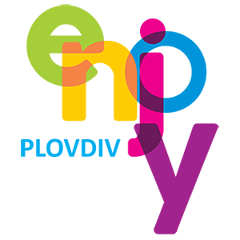Gift card Round-Trip to Three Capitals of Bulgaria - 10%
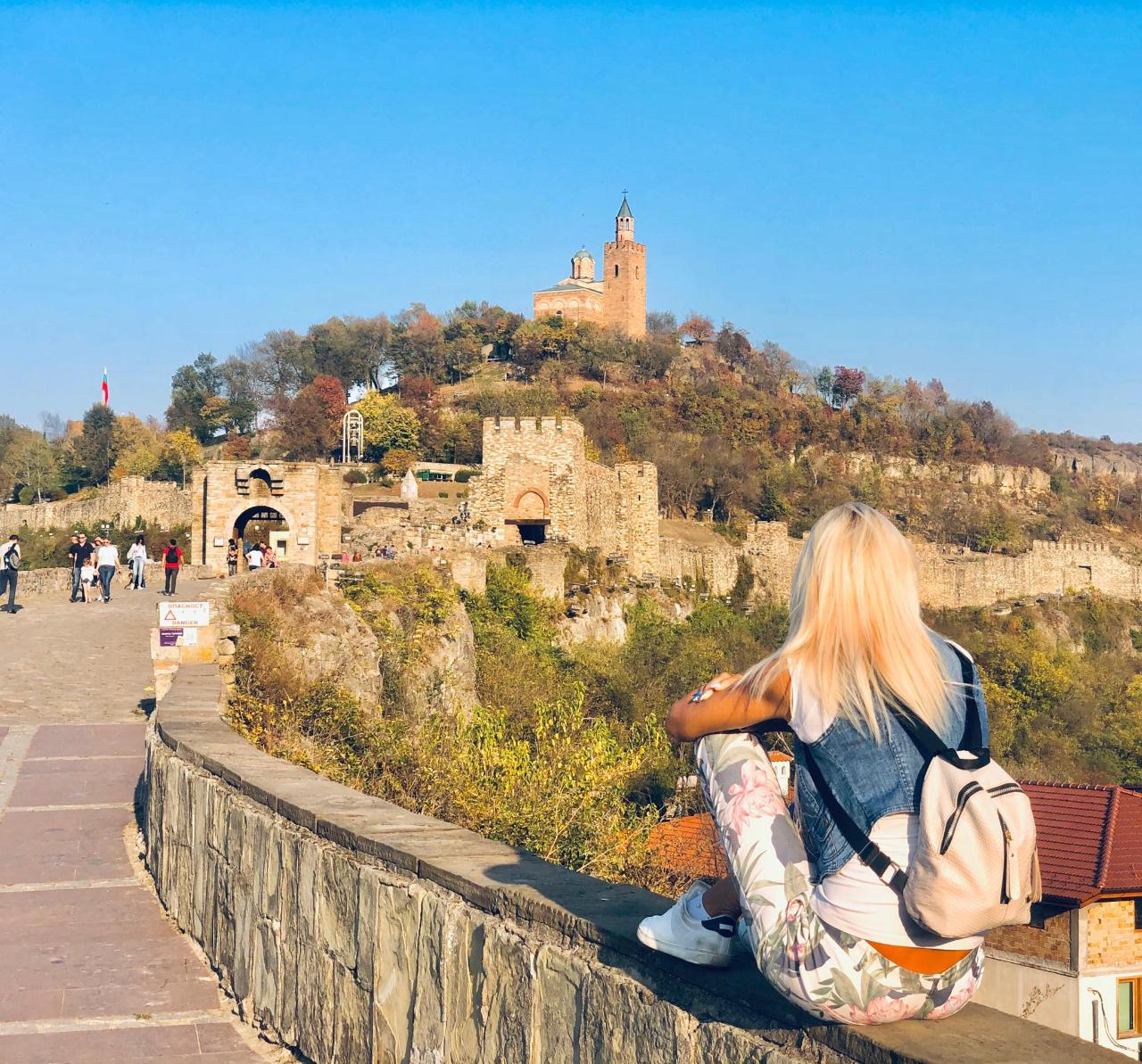
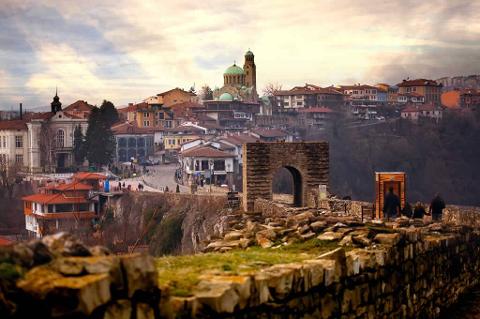
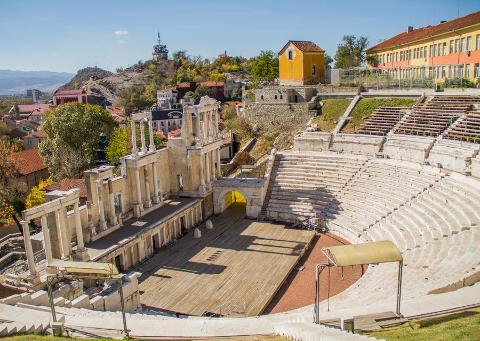
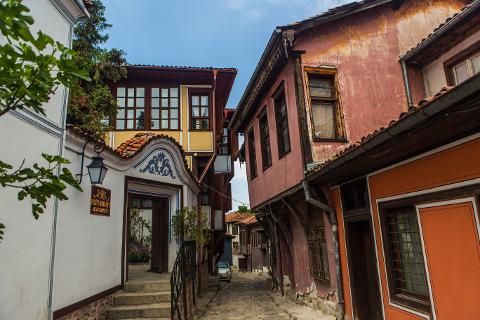

- Location: Plovdiv, Bulgaria
- Product code: PULPC8
About
This six-day round-trip takes you through three of Bulgaria’s most significant cultural centers – Sofia, Plovdiv and Veliko Tarnovo. You’ll sightsee in beautiful cities with centuries’ worth of history, all of which are or have been some form of capital. Sofia is the modern capital of Bulgaria and one of its top attractions. Plovdiv is the 2019 European Capital of Culture – a title that’s well-deserved, with its history dating back to the 6th millennium BC, and the countless cultural landmarks that tell its story from its founding up until modern times. Veliko Tarnovo is the historic capital of the Second Bulgarian Empire, and the medieval stronghold of Tsarevets that was once home to Tsar Asen II still towers over the city. On our way, we’ll stop to explore Etara – the only functioning open-air Ethnographic complex in the Balkans, and the architectural reserve of Bozhentsi. We’ll also visit Prohodna cave, famous with its Eyes of God geological formation.
Highlights
• Enjoy a trip to Bachkovo Monastery – the second largest in monastery in Bulgaria
• Immerse yourself in the open-air Etara Architectural-Ethnographic Complex
• Tour the Bozhentsi architectural reserve
• Explore the city of Veliko Tarnovo and visit sites such as the medieval stronghold of Tsarevets
• See the famous God’s Eyes natural landmark in Prohodna Cave
• Visit Rila Monastery – a UNESCO World Heritage Site
• Go sightseeing in Sofia and stop by the St. Alexander Nevski Cathedral
• Get a taste of the local cuisine at the best of Bulgaria’s traditional restaurants
Description
Day 1
We begin the round-trip with a transfer from Sofia Airport to Plovdiv – one of the oldest European cities and second biggest in the country. After getting settled into the hotel, you’ll get the afternoon to yourselves so you can relax after your flight. We’ll meet up for dinner at a traditional Bulgarian restaurant. Overnight in Plovdiv.
Day 2
We’ll start the day with a trip to Bachkovo moastery, only half an hour away from Plovdiv.
Bachkovo monastery “Assumption of Holy Virgin” is the second largest in Bulgaria and a national cultural landmark. The cobbled road leading up to the monastery is lined with market stalls selling trinkets, folk craft, homemade jam, honey and spices. Bachkovo Monastery was founded all the way back in the 11th century and has since been partially destroyed, rebuilt and restored numerous times. The monastery has 2 courtyards, 4 churches and its own museum showcasing crucifixes, ceremonial garbs, manuscripts, icons and donated jewelry. In the cathedral there is an icon from 1311 known as the Miracle Working Icon of the Holy Virgin, with a silver repousse cover. It is believed that the icon has miraculous powers.
The area around the monastery has several traditional Bulgarian restaurants where we can sit down for lunch and get a taste of the local cuisine.
After we get back, we’ll go sightseeing in Plovdiv. We’ll start with a visit to the Old Town – a historical and architectural reserve known for its buildings in the style of the Bulgarian Revival Period, ancient Roman and Thracian ruins, various monuments and landmarks, all perfectly illustrating the complicated history that has shaped this city into the Plovdiv of today. We’ll visit its most famous and noteworthy landmarks, including the Balabanov and Hindliyan Houses known for their impressive architecture, furniture, wall paintings and intricate wood-carved ceilings, the Plovdiv Regional Ethnographic Museum, and, of course, the crown jewel of this city – the ancient Roman Theatre.
After the Old Town, we’ll go down to the Main Shopping Street to see the ancient Roman Stadium and its uncovered northern part, which is open to visitors.
Next is Kapana (i.e. “the Trap”) – Plovdiv’s famed art corner. Situated just to the right of this part of the Centrum and made up of a labyrinth of intertwining streets lined with modern art stores, stylish little cafes, building walls colorfully painted by talented street artists and constantly changing pieces of modern art scattered around every corner.
Day 3
On the third day we’ll be traveling to the architectural-ethnographic complex of Etara. It is a fully functioning reproduction of Bulgarian traditional rural life in the past. It gives travellers and natives alike the chance to get in close touch with Bulgarian culture and folk craftsmanship. There are 16 workshops along the artisan street, where you can see the crafting process and buy handmade souvenirs. The complex features workshops for pottery, woodcarving, icon painting, furriery, cutlery, bakery, sweets shops, musical instruments and many more, all open and active and authentically representing the traditional crafting methods. Special mention goes out to the beautiful examples of Revival Period architecture comprising the village, each house’s façade as colourful and intricately ornamented as the last. Many folk programmes, festivals and events take place in Etara all year round.
After exploring Etara, we’ll head to Bozhentsi. We can start with lunch at a traditional Bulgarian restaurant and try the local cuisine.
The village itself was founded in the 14th century by the influx of people moving from Veliko Tarnovo deeper into the mountains to escape the invading Ottomans. By the end of the 19th century, Bozhentsi had flourished and grown into an administrative, commercial, cultural and spiritual center. Today there are 100 houses between 100 – 250 years old in the village. It is now an architectural reserve, its unique architecture drawing in visitors from all over the country and abroad. It is situated near the old Roman road Nicopolis ad Istrum – Augusta Trayana – Constantinople. We’ll stop go on to explore the reserve, the museums and the workshops.
Only an hour’s drive away is the city of Veliko Tarnovo, former capital of Bulgaria and regional center.
Located in Stara Planina mountain, built upon its steep slopes, with a beautiful river winding through the heart of the city, Veliko Tarnovo is a picturesque settlement with a rich history commemorated in the many historical and cultural landmarks strewn across its territory. We’ll spend the night in Veliko Tarnovo and go sightseeing the next day.
Day 4
Veliko Tarnovo’s most popular tourist attraction is the medieval stronghold of Tsarevets. Built high atop a hill, it towers over the city and offers a beautiful view of the area from up high. It served as the Second Bulgarian Empire’s primary fortress from 1185 to 1393, comprising the royal and patriarchal palaces.
The Archeological Museum documents the millennia-long history of Veliko Tarnovo, from pre-historic to modern times. It showcases tools and clay crafts that date back to 5800 BC, golden treasures from the Chalcolithic era, and a unique Neolite era stone vessel bearing inscriptions that predates the invention of writing. It highlights the city’s time as an ancient Roman settlement, ancient Greek and Roman artifacts from the 2nd century AD, and medieval exponents from its time as the capital of the Second Bulgarian Empire.
The Holy Forty Martyrs Church is a medieval church, built during the reign of Tsar Ivan Asen II in the 1230’s. It has been restored, its collapsed parts rebuilt, and it is now open to the public. The church houses two marble columns upon which are inscribed accounts of two great historical achievements of the Bulgarian Khan Omurtag of the First Bulgarian Empire and Tsar Ivan Asen II of the Second Bulgarian Empire.
The Museum of the Bulgarian Revival and Constituent Assembly is housed in the building of the old Turkish konak (police office in the Ottoman Empire). It was built in 1872 and is a stunning example of Revival Period architecture. It has two floors housing different exhibitions. In this museum, visitors can trace the development of Christian art from the end of the 14th century to the end of the 19th century in a collection of works by master wood-carvers. The Revival Period exhibition is dedicated to Veliko Tarnovo in the 18th and 19th centuries, showcasing examples of the traditional crafts practiced in this city at the time, including gold-smithing, tannery, pottery and more. This museum also houses reproductions of important historical events related to the Liberation efforts of the region of Tarnovo during the 19th century.
The Samovodska Charshia is the old market in Veliko Tarnovo. In the early 19th century, when the town was rapidly developing emerged a market centre with numerous workshops, bakeries and cafes. Today, the workshops on this street preserve the spirit and the original atmosphere of the Revival Period, and the artisans still follow authentic techniques in their craft making.
We can have lunch at one of Veliko Tarnovo’s traditional Bulgarian restaurants, after which we’ll set off towards Sofia.
On the way to Sofia, we’ll make a small detour to Prohodna Cave, famous for the Eyes of God natural phenomenon – two large openings in the ceiling of the cave, of nearly the same size and almond-shaped and strongly resembling human eyes. During certain parts of the day, sunlight streams through the openings in two large rays, and at night, one can look through them towards the night sky. This geological formation is the result of erosion caused by the flow of a river that once flowed through here. Prohodna also has the longest cave tunnel in Bulgaria, with a length of 365 meters. The upper rim of the small entrance is 35 m high and the large one – 45 m.
From there, we’ll continue our trip to Sofia.
Day 5
Rila Monastery is the biggest monastery in Bulgaria and one of the country’s most emblematic cultural landmarks. It is the most influential spiritual centre in the country and the second biggest monastery on the Balkan Peninsula. It was founded in the 10th century by the monk-hermit John of Rila, who was later named patron saint of Bulgaria. Rila Monastery is one of Bulgaria’s UNESCO World Heritage Sites.
In the afternoon, we’ll go on a sightseeing tour of Sofia’s top attractions. Its busy streets, the beautiful Baroque architecture in the Center and the park possess a lively charm that leaves you eager to explore, but the monuments and landmarks it is most famous for deserve our full attention.
The Saint Alexander Nevsky Cathedral is one of the largest Orthodox Christian cathedrals in the world and the second largest on the Balkan peninsula. Its impressive size and intricate design mark it as one of the most stunning architectural mavels in Bulgaria and Sofia’s most recognizable landmark.
The Saint Sophia Basilica is a red-brick church is stands atop the foundations of a sacred temple built in Roman times. The huge burial site under its floor allows visitors of the church to explore its catacombs and get lost in a labyrinth of ancient tombs and corridors.
The Church of St. Nicholas the Miracle-Worker is a beautiful golden-domed church designed in the Russian Revival Style. Visually, it is unlike any other Orthodox church in Bulgaria. It is believed to be able to grant wishes.
The Ivan Vazov National Theatre is an example of neoclassical architecture is so spectacular that you will want to carry the memory home with you.
The Church of St. George, built by the Romans is in the 4th century, is an early Christian red brick rotunda that is considered the oldest building in Sofia.
The bustling Vitosha Shopping Street perfectly embodies the dynamic atmosphere of the capital of Bulgaria. Overnight in Sofia.
Day 6
Departure from Sofia Airport.
The price includes
• The services of a professional English-speaking tour guide
• Accommodation in comfortable hotels and guesthouses
• Full board treatment from the first day's dinner to the last breakfast
• Transfers during the tour
The price does not include
• The trip to / from Bulgaria
• Alcoholic beverages
• Entrance fees
Notes
This tour is for groups of at least 6.
Prices for smaller groups may vary – contact us for details.
